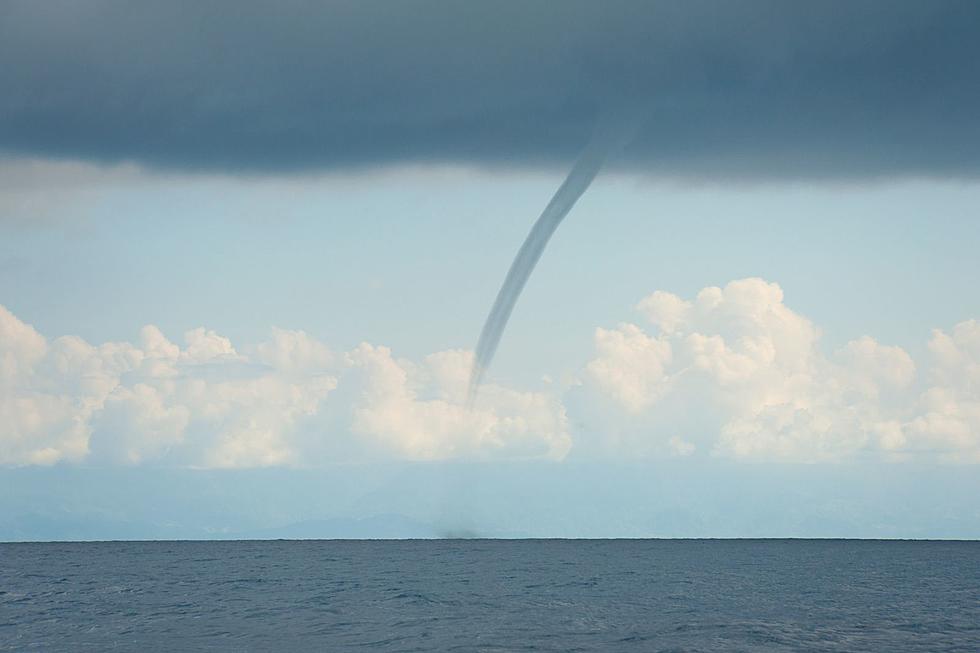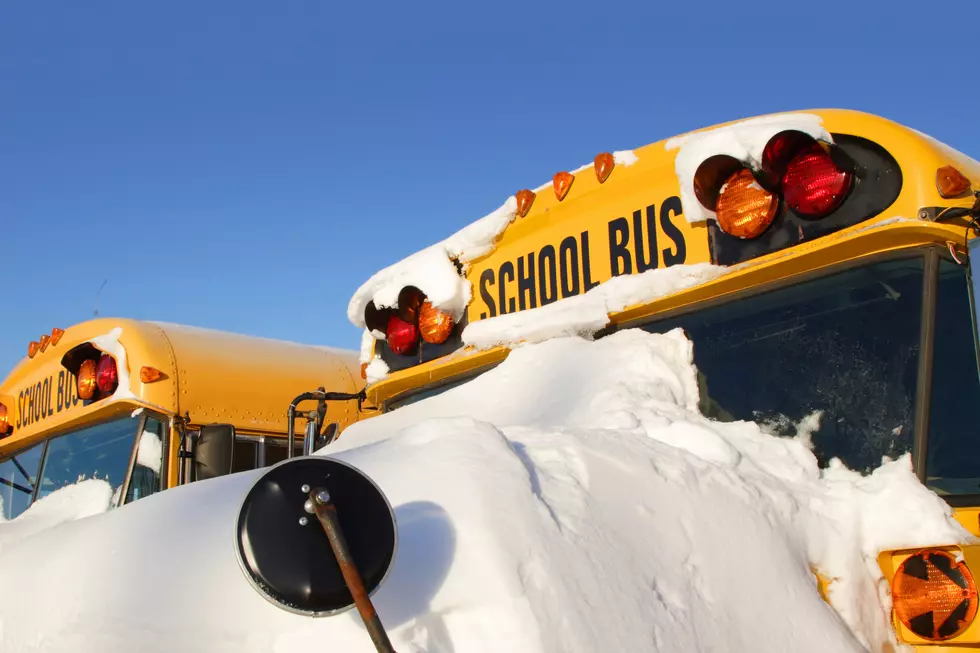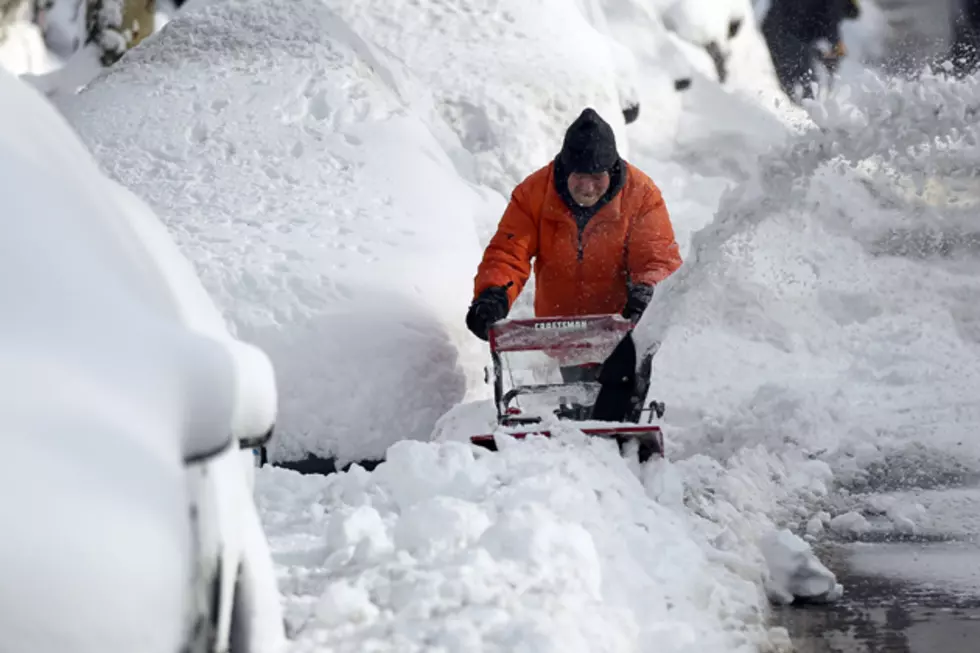
New Normal? More Tornadoes Possible in Massachusetts and Rhode Island
It has been quite the summer for tornado action here on the SouthCoast. As we were chatting this morning with ABC6 meteorologist Kelly Bates, we asked her about all of the tornado warnings we've seen lately.
"Kelly, I'm like you," I said. "I've been around for a minute. Do you ever remember seeing any tornadoes on the SouthCoast like we saw in Mattapoisett this summer?"
"No," Bates said. "I don't, either. I remember a random water spout about 10 years ago, but I don't recall seeing the frequency of tornado warnings in Southern New England like we've had this summer. In my 27 years (in meteorology), it is unprecedented."
Are We Likely to See More Tornadoes on the SouthCoast?
Is this the new norm? Does our local weather expert think tornadoes are going to become part of life here on the SouthCoast?

"Personally, I do," she said. "Simply because we have more heat available. If you're going to make thunderstorms you need three things: heat, moisture and energy. So, if you increase any of those three it will increase your chances of a tornado and it will also increase the intensity of the storm. It just logically progresses to higher frequency and higher intensity of storm activity."
Three Tornadoes Expected in Southern New England
Did Rhode Island experience another tornado Sept. 13? That is yet to be determined.
"The weather service has to send someone out. They actually have forensic meteorologists who go out and analyze the site and compare it to the radar. They determine whether or not it was a tornado. They are going to be looking into the possibility of three tornadoes today in Southern New England: Killingly, Connecticut; Foster/Smithfield, Rhode Island area; and the Plainville/Foxboro area of Massachusetts."
Bates said the potential tornadoes in those three areas happened yesterday (Wednesday, Sept. 13) and that if they were tornadoes the confirmation would likely come today (Thursday, Sept. 14).
LOOK: The most expensive weather and climate disasters in recent decades
KEEP READING: Get answers to 51 of the most frequently asked weather questions...
Then and Now: Vintage Mattapoisett Pictures After Great 1938 Hurricane
More From WBSM-AM/AM 1420









